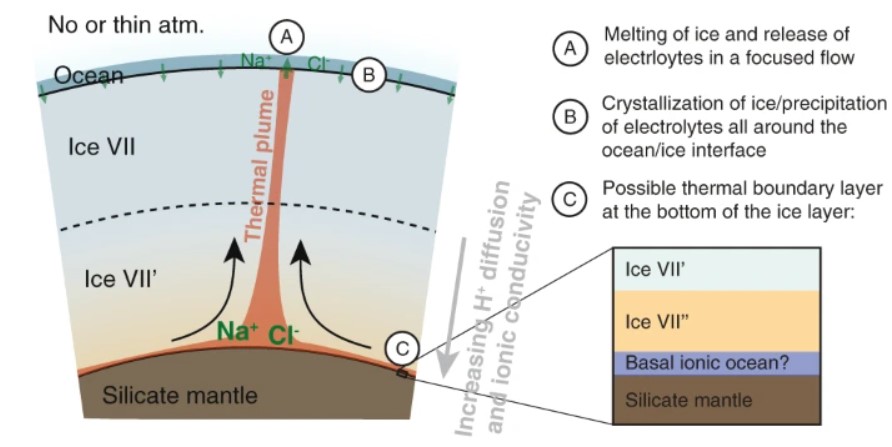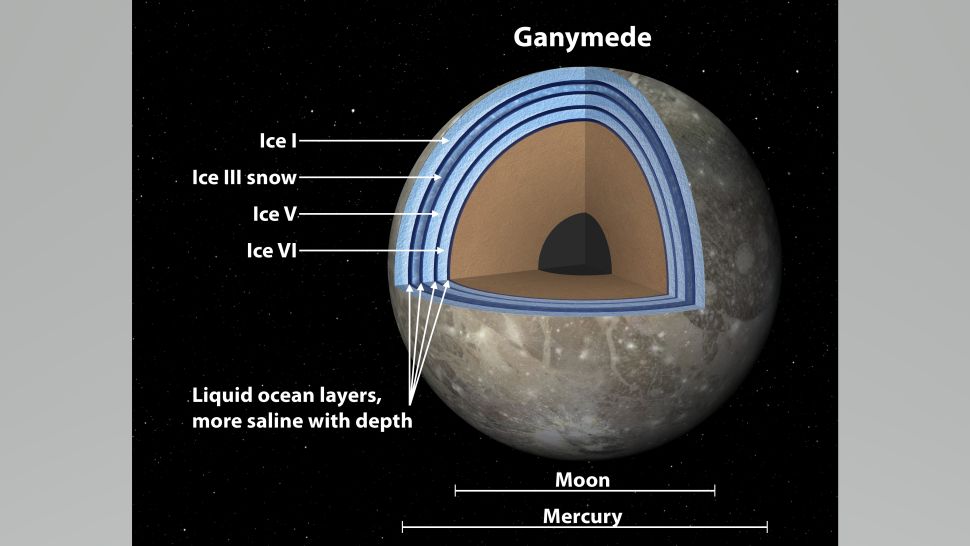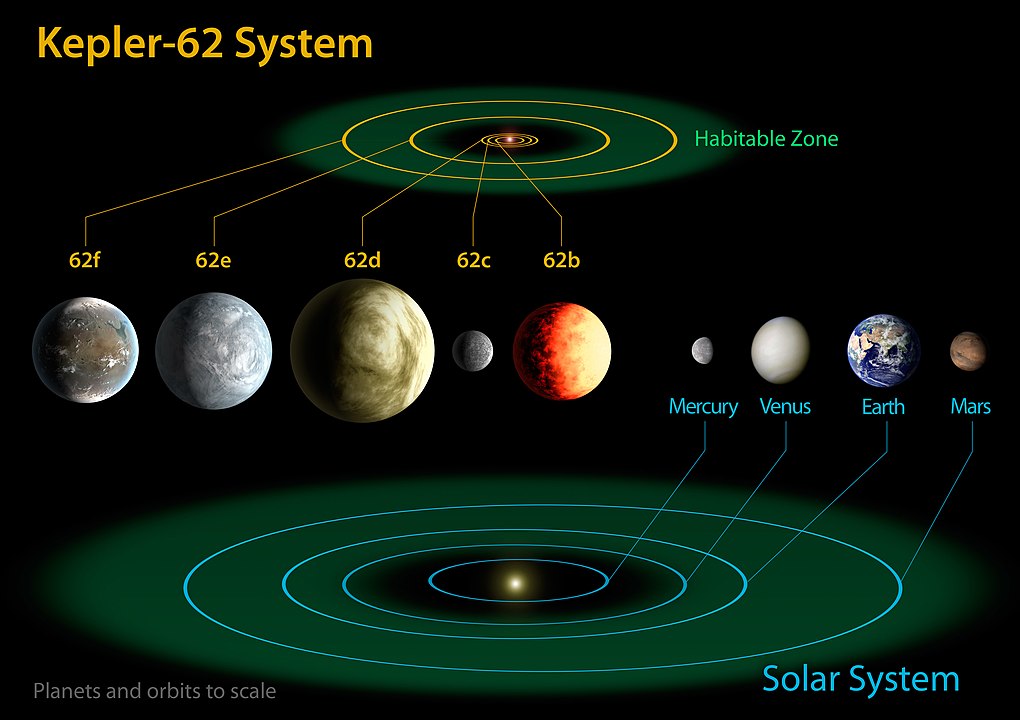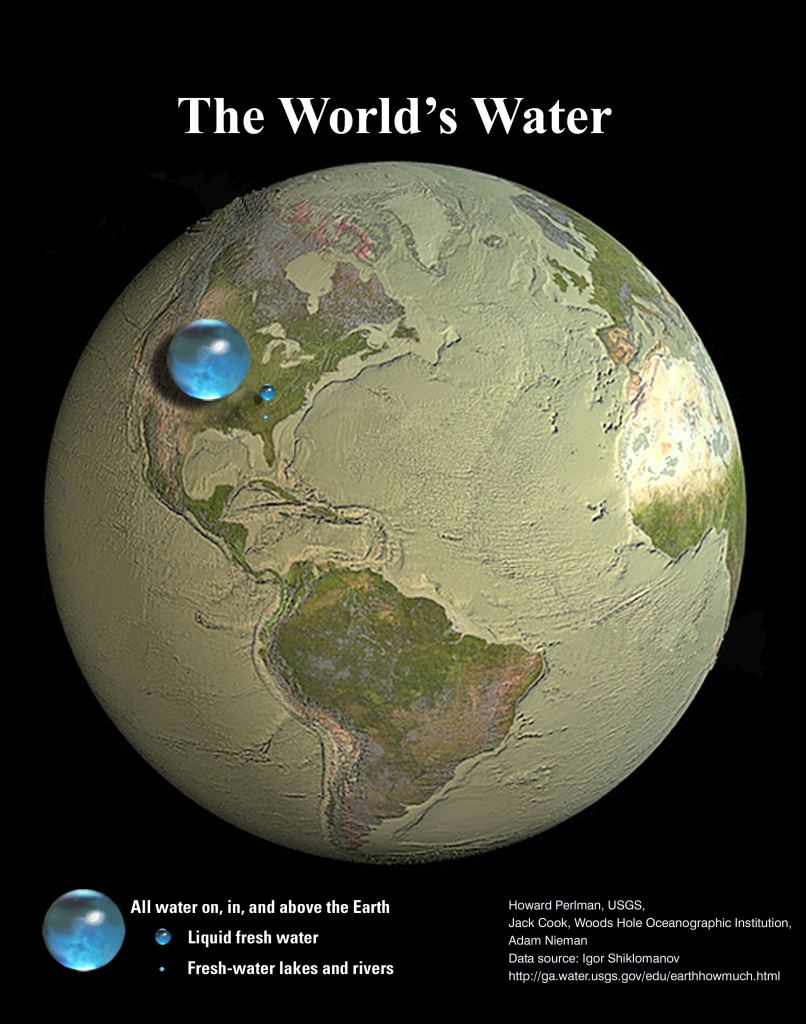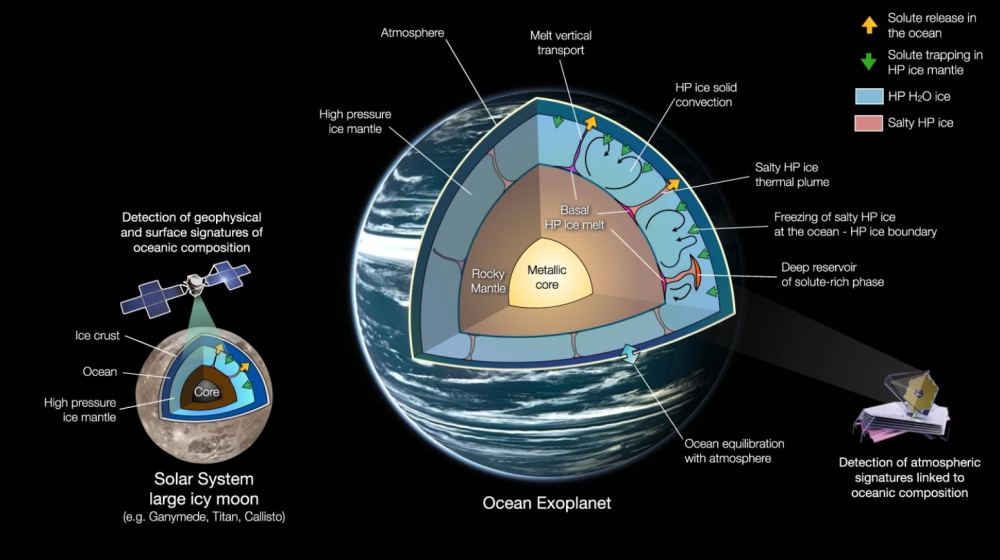A massive galaxy cluster shines in a new telescope image, distorting the view of more distant galaxies lying in the background.
Space News & Blog Articles
NASA's Europa Clipper may crash into Ganymede, the largest moon in the solar system, at mission's end
The Europa Clipper mission, due to launch in 2024, was originally supposed to crash into Jupiter, but there's been a change of plans.
Watch Virgin Orbit launch 7 satellites early Thursday
Virgin Orbit's carrier plane, known as Cosmic Girl, is scheduled to lift off from Mojave Air and Space Port in California on Thursday (June 30) during a window that opens at 1 a.m. EDT (0500 GMT).
NASA's solar forecast is turning out to be wrong. This team's model is still on track.
The sun is acting out, and solar weather forecasters are baffled. But one scientist might know what's going on.
Amazon Prime Day 2022: The best space deals to watch
Amazon.com's annual Amazon Prime Day megasale begins on Monday, July 12 with deals in telescopes, binoculars, Star Wars and other space gear.
One ESA: an interactive journey around ESA sites!
We are a huge organisation of 5000+ people operating at nine different locations. How do we work together to achieve our goals and fly our missions?
SpaceX postpones space station cargo mission again, to July 14
The latest delay will allow teams more time to assess and mitigate the consequences of elevated propellant vapor readings inside Dragon's propulsion system.
A Star has Grown Spiral Arms
Astronomers using the ALMA Observatory have discovered an unusual, massive star near the center of our galaxy, a star that has two spiral arms. The arms are part of an accretion disk, a broad disk of dust and gas surrounding the protostar. While this is not the first star to be seen with such rare arm-like features, researchers say they believe they can track the formation of the spiral arms to a close encounter the star had with another object.
Accretions disks, also known as protostellar disks, usually form quickly around young stars, and over time the disks can stretch out to distances hundreds of times bigger than the nascent star. Astronomers say the disks are essential to star formation because they continuously feed gas from the surrounding environment to the growing stars.
Because of newer observatories with submillimeter observing capabilities like ALMA (Atacama Large Millimeter Array (ALMA) in the Atacama Desert in Chile, astronomers have been able to study distant protostars in the last few years. This has led to a wealth of observational and theoretical advances. However, much of the previous observations of these objects have been for lower mass, Sun-like stars.
A time-lapse image of the Atacama Large Millimeter/submillimeter Array (ALMA) at the Chajnantor Plateau in the Chilean Andes, showing a blazing meteor dishes that make up the array. Credit: ALMA.The star observed in this study is near the galactic center and is an early O-type star that is extremely hot (over 30,000 Kelvin) and massive, at 32 solar masses. The disk is gigantic, with a diameter of about 4,000 astronomical units.
Since so few stars of this type have been observed so far, the researchers say it is still unclear whether accretion disks play a role in their formation, and if so, how. These massive stars are far more luminous than the Sun — several hundreds of thousands of times greater — which strongly impact the environment of the entire galaxy. Therefore, say the researchers, understanding the formation of massive stars is of great importance.
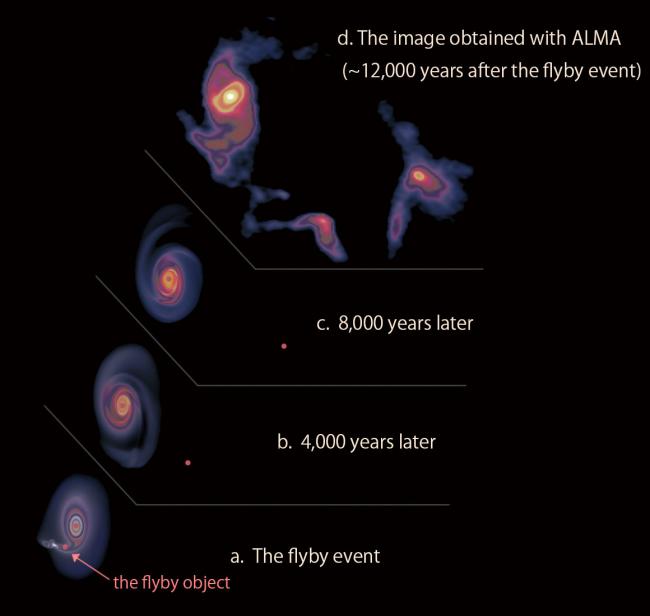
Curiosity Finds Life-Crucial Carbon in Mars Rocks
We are carbon-based life forms. That means the basis for the chemical compounds that forms our life is the element carbon. It’s crucial because it bonds with other elements such as hydrogen and oxygen to create the complex molecules that are part of life. So, when we look for evidence of life elsewhere in the solar system, we look for carbon. That includes Mars.
A few years ago, the Mars Curiosity rover measured the abundance of total organic carbon in rock samples it took in Gale Crater. The amounts it found are higher than in rocks from some of the driest areas on Earth. The question now is whether Curiosity’s measurement indicates the presence of life-creating compounds. Or, could the carbon have come from other non-organic sources? Either way, its presence unveils an interesting chapter in Mars’s past.
The Mars Curiosity Rover’s mission is, in large part, to find evidence of life and habitability on Mars. It does that by studying the chemical and geological environment on the surface. In particular, it helps unveil what role water has played in the past. Its measurement of total organic carbon is part of that mission.
Knowing the carbon species on Mars helps scientists understand how they may have formed. Total organic carbon is special because it’s a crucial part of life’s recipe. Scientists studied Mars rocks dug up in 2014 to see if they could figure out what the abundance of this element means for the existence of life on ancient Mars.
The Key to Life
What’s so important about organic carbon? According to scientist Jennifer Stern, Curiosity’s finding helps scientists understand important factors about Mars and its life-bearing capability. “Total organic carbon is one of several measurements [or indices] that help us understand how much material is available as feedstock for prebiotic chemistry and potentially biology,” Stern said in a press release statement.
'The Orville' Season 3 episode 4 takes its world building to a new level
'The Orville' season 3 continues to wow us with enthralling stories, just the right amount of humor and mind-blowing space battles.
US military's mysterious X-37B space plane zooms toward orbital record
The Space Force's X-37B has now been aloft for 773 days, just a week shy of the program record.
Rocket Lab Launches NASA’s CAPSTONE Mission to the Moon
A microwave oven–sized cubesat launched to space today from New Zealand by commercial company Rocket Lab and their Electron rocket. The small satellite will conduct tests to make sure the unique lunar orbit for NASA’s future Lunar Gateway is actually stable.
The Cislunar Autonomous Positioning System Technology Operations and Navigation Experiment, or CAPSTONE, mission launched at 5:55 a.m. EDT (09:55 UTC) on Tuesday June 28 from the Rocket Lab Launch Complex 1 on the Mahia Peninsula of New Zealand. The Electron has now flown 27 times with 24 successes and 3 failures.
Illustration of the Gateway. Built with commercial and international partners, the Gateway is critical to sustainable lunar exploration and will serve as a model for future missions to Mars. Credit: NASAThe Gateway is a lunar space station that will support NASA’s Artemis program to return to the Moon and enable future missions to Mars. The unusual orbit, called a near rectilinear halo orbit (NRHO), is an elongated polar orbit that brings a spacecraft within 1600 km (1,000 miles) of one lunar pole on its near pass and 70,000 km (43,500 miles) from the other pole every seven days. Since the orbit uses a balance point in the gravities of Earth and the Moon, it is theorized that spacecraft in this type of orbit require less propulsion capability for spacecraft flying to and from the Moon’s surface than other circular orbits and requires minimal energy to maintain.
CAPSTONE’s mission is to attempt to establish that this location in space provides a stable and ideal location for a space station, as well as a staging area for missions to the Moon and beyond.
An image of the Cislunar Autonomous Positioning System Technology Operations and Navigation Experiment, or CAPSTONE, launching aboard Rocket Lab’s Electron rocket from the Rocket Lab Launch Complex 1 on the Mahia Peninsula of New Zealand Tuesday, June 28, 2022. Credit: Rocket LabThe spacecraft is currently in low Earth orbit, and is attached to Rocket Lab’s Lunar Photon, an interplanetary third stage that will send CAPSTONE on its way to deep space. It will take about four months for it to reach the targeted lunar orbit.


Strange cloud in satellite data catches interest of scientists
A "peculiar" cloud over the Caspian Sea offers an interesting case study of how satellites can detect such phenomena in Earth's atmosphere.
Luke and Lando land on Exegol in Adam Christopher’s 'Star Wars: Shadow of the Sith' novel (exclusive)
Del Rey Books releases Adam Christopher’s new "Star Wars" novel, "Shadow of the Sith."
Shuttered full-scale space station mockup finds new use with Axiom Space
Houston-based Axiom Space has found the perfect place to develop its commercial orbital outpost: a sprawling facility that comes pre-equipped with a mockup of the International Space Station.
CubeSat launches on scouting mission for NASA’s Artemis moon program
Rocket Lab’s Electron launcher fires off the pad in New Zealand with NASA’s CAPSTONE mission. Credit: Rocket Lab
NASA’s $30 million CAPSTONE mission lifted off Tuesday on a Rocket Lab launcher from New Zealand, departing Earth on a circuitous but fuel-efficient four-month journey toward a halo orbit around the moon to test technologies and operations for the Artemis moon program.
The CAPSTONE mission is modest in scale but opens a new chapter in small satellite technology and is the first new spacecraft to launch under the umbrella of the Artemis program, NASA’s effort to return astronauts to the moon for the first time since 1972.
“CAPSTONE is a pathfinder in many ways, and it will demonstrate several technology capabilities during its mission timeframe while navigating a never-before-flown orbit around the moon,” said Elwood Agasid, project manager for CAPSTONE at NASA’s Ames Research Center in California’s Silicon Valley.
The 55-pound (25-kilogram) spacecraft took off from Rocket Lab’s commercial spaceport on Mahia Peninsula in New Zealand at 5:55:52 a.m. EDT (0955:52 GMT) Tuesday, riding the company’s Electron launcher through the atmosphere on a course east over the Pacific Ocean.
Nine kerosene-fueled engines powered the 59-foot-tall (18-meter) Electron booster off the pad at Rocket Lab’s Launch Complex 1B on the North Island of New Zealand. The mission marked the 27th flight by Rocket Lab’s Electron launcher, and the company’s first mission heading for a destination beyond low Earth orbit.
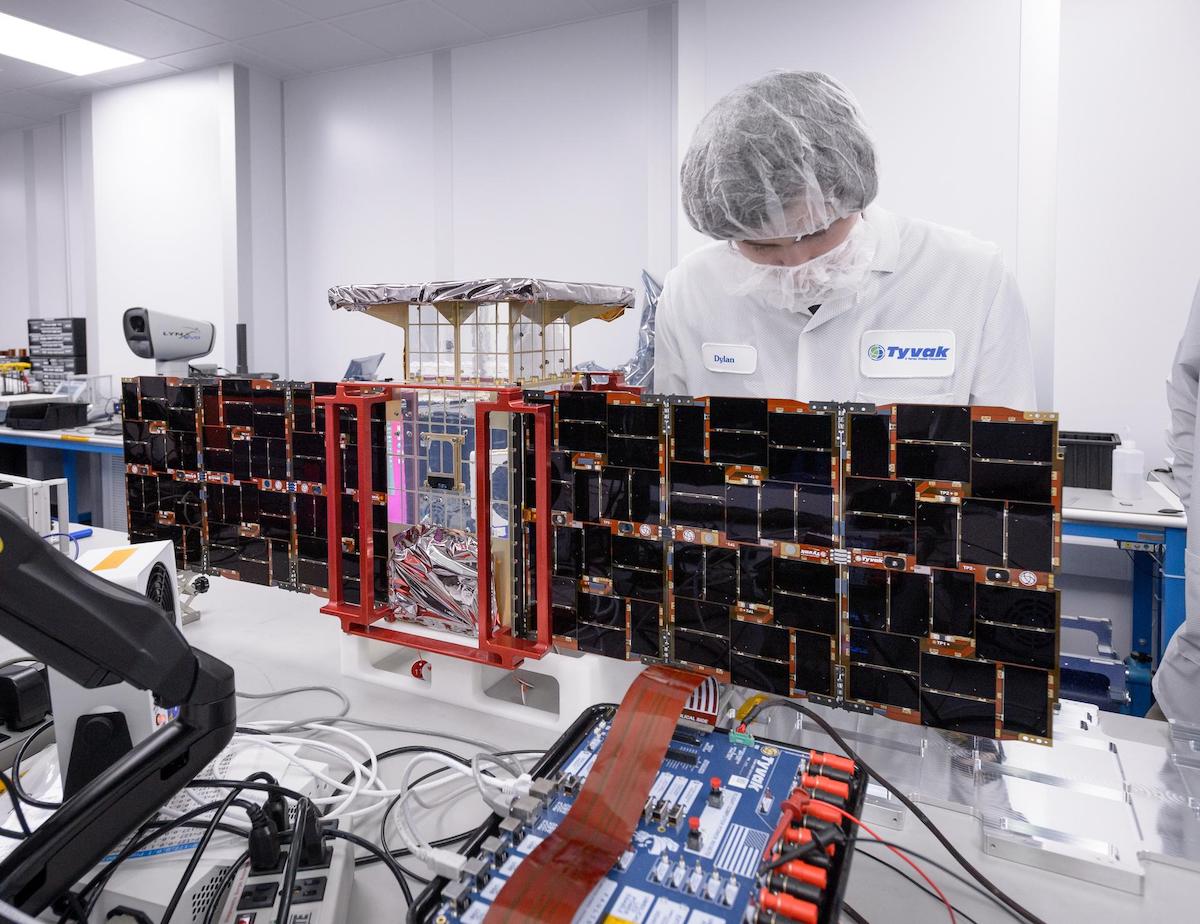


Why it'll take NASA's tiny CAPSTONE probe so long to reach the moon
NASA's 55-pound (25 kilograms) CAPSTONE cubesat launched toward the moon today (June 28), but it won't get there until Nov. 13.
Rock samples from NASA's Curiosity Mars rover contain key ingredient of life
Martian rock samples collected by NASA's Curiosity Mars rover show signs of key ingredients of life as we know it on Earth.
Water Worlds Could Have Plumes of Nutrients Carried up From Down Below
Earth’s oceans are one huge, uniform electrolyte solution. They contain salt (sodium chloride) and other nutrients like magnesium, sulphate, and calcium. We can’t survive without electrolytes, and life on Earth might look very different without the oceans’ electrolyte content. It might even be non-existent.
On Earth, electrolytes are released into the oceans from rock by different processes like volcanism and hydrothermal activity.
Are these life-enabling nutrients available on water worlds?
Water worlds are exoplanets with enough water to form a hydrosphere. Many of the exoplanets we’ve discovered are super-Earths and/or mini-Neptunes, and scientists expect some of them to be water worlds. On those planets, electrolytes probably play a similar role in habitability that they do on Earth’s oceans.
But the problem is that super-Earths and mini-Neptunes are more massive than Earth, and their interiors are under more pressure than Earth. These planets can form deep planetary ice mantles between the rocky cores and the surface oceans. These ice barriers aren’t regular ice. Instead, they’re high-pressure ices like ice VII, and that dense ice could be a barrier that prevents essential mineral electrolytes from moving from the cores to the oceans, where they’d be available for life.
